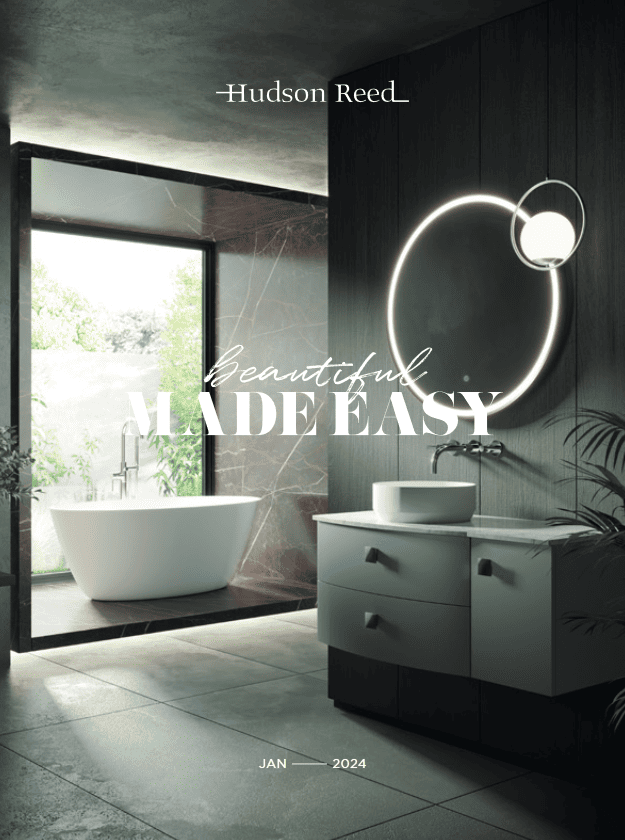
Disabled bathroom adaptations
Introduction
Creating an accessible bathroom is essential for individuals with disabilities or mobility challenges. Disabled bathroom adaptations can significantly enhance the quality of life, ensuring safety, comfort, and independence. This article will explore various adaptations, their benefits, and the steps involved in planning and executing an accessible bathroom design.
Understanding Disabled Bathroom Adaptations
What Are Disabled Bathroom Adaptations?
Disabled bathroom adaptations involve modifications made to existing bathrooms to improve accessibility for individuals with disabilities. These adaptations can range from simple adjustments to comprehensive renovations.
Key Features
- Grab Bars: Installed near toilets and in showers to provide support.
- Wheelchair Access: Ensures enough space for wheelchair maneuverability.
- Low-Threshold Showers: Minimize barriers for easier access.
Why Are Adaptations Important?
These adaptations are vital for enhancing safety and independence in daily activities.
Benefits
- Increased Safety: Reduces the risk of slips, falls, and accidents.
- Enhanced Independence: Allows individuals to perform personal care tasks without assistance.
- Improved Comfort: Tailors the bathroom experience to individual needs.
Planning for Disabled Bathroom Adaptations
Assessing Needs
Before making any adaptations, it’s crucial to assess the specific needs of the individual who will use the bathroom.
Steps to Assess Needs
- Identify Mobility Limitations: Understand the specific challenges faced by the user.
- Consult with Professionals: Engage occupational therapists or disability advisors for expert guidance.
- Consider Future Needs: Plan for potential changes in mobility over time.
Designing the Space
Once needs are assessed, designing the space becomes the next step.
Key Design Considerations
- Layout: Create an open layout that allows for easy movement.
- Fixtures and Fittings: Select accessible fixtures that meet the user’s requirements.
- Materials: Choose materials that are both durable and easy to clean.
Key Features of Accessible Bathrooms
Accessible Toilets
Design Features
- Height-Adjusted Toilets: Elevated toilets make it easier for individuals to sit and stand.
- Grab Bars: Installed beside the toilet for added support.
Walk-In Showers
Advantages
- Low Entry Thresholds: Facilitates easy access for wheelchairs and those with limited mobility.
- Seating Options: Fold-down seats can provide comfort during bathing.
Bathtubs
Accessible Bathtubs
- Walk-In Tubs: Feature doors for easy access and built-in seating.
- Adjustable Showerheads: Allow for customizable showering options.
Sink Height and Accessibility
Key Features
- Height-Adjusted Sinks: Ensure easy access for wheelchair users.
- Lever Handles: Easy-to-use faucet handles reduce strain for individuals with limited hand strength.
Additional Adaptations
Lighting
Importance of Adequate Lighting
- Task Lighting: Install bright lights above mirrors and sinks for better visibility.
- Motion Sensors: Consider automatic lighting to reduce the need to reach for switches.
Non-Slip Flooring
Safety Considerations
- Material Selection: Use non-slip tiles or vinyl flooring to reduce the risk of falls.
- Texture: Ensure flooring has a texture that provides grip, even when wet.
Storage Solutions
Organized and Accessible Storage
- Lowered Shelves: Place shelves within reach for easy access to toiletries and other items.
- Pull-Out Drawers: Easy-to-reach drawers help minimize bending and stretching.
Installation Process
Hiring Professionals
Engaging skilled professionals can ensure that adaptations are installed correctly and safely.
Key Steps
- Research Qualified Contractors: Look for specialists in disability adaptations.
- Request Quotes: Obtain multiple quotes to compare pricing and services.
- Check References: Verify previous work and customer satisfaction.
DIY vs. Professional Installation
When to DIY
- Simple tasks like installing grab bars can often be done independently.
- Changing faucets or fixtures can also be manageable for those with basic DIY skills.
When to Hire Professionals
- Major renovations involving plumbing or electrical work should be handled by licensed professionals.
- Specialized adaptations may require expertise in accessibility.
Funding and Support
Financial Assistance
Numerous programs offer financial aid for disabled bathroom adaptations.
Available Resources
- Local Government Grants: Many local authorities provide grants for accessibility modifications.
- Charities and Nonprofits: Organizations like Scope or the Disability Grants provide financial assistance and advice.
- Insurance Coverage: Check with insurance providers to see if adaptations are covered under your policy.
Navigating the Application Process
Steps to Apply
- Gather Documentation: Collect necessary medical and financial documentation.
- Contact Relevant Authorities: Reach out to local government or charities for guidance on available programs.
- Follow Up: Ensure you keep in touch to track the status of your application.
Conclusion
Disabled bathroom adaptations are essential for enhancing safety, independence, and comfort for individuals with mobility challenges. By carefully assessing needs, planning the design, and considering key features, you can create a bathroom that meets the unique requirements of its users. Engaging professionals, exploring funding options, and staying informed about available resources can help facilitate a smooth adaptation process. Investing in these modifications is not only beneficial but also empowers individuals to lead a more independent life.
FAQs
What are the most common adaptations for disabled bathrooms?
Common adaptations include grab bars, walk-in showers, height-adjusted toilets, and non-slip flooring.
How can I assess the specific needs for adaptations?
Consider consulting with occupational therapists or disability advisors who can provide expert assessments tailored to individual requirements.
Are there financial assistance programs for bathroom adaptations?
Yes, many local governments and charities offer grants and financial assistance for home modifications to improve accessibility.
Can I do the installation myself?
Some minor tasks, such as installing grab bars, can be DIY projects, but major plumbing and electrical work should be handled by professionals.
How long does the adaptation process typically take?
The timeline varies based on the extent of the modifications, but a typical bathroom adaptation can take anywhere from a few days to several weeks.



